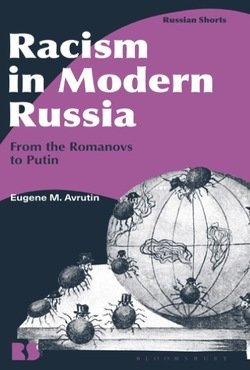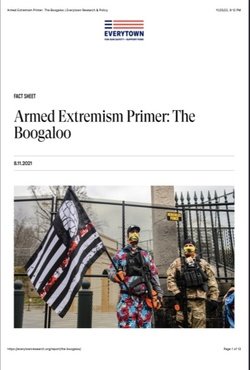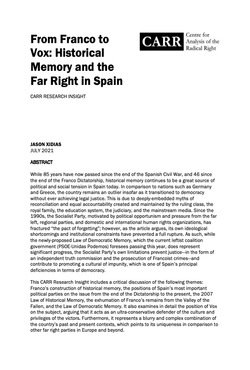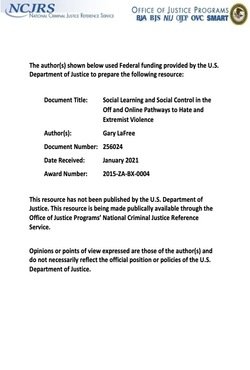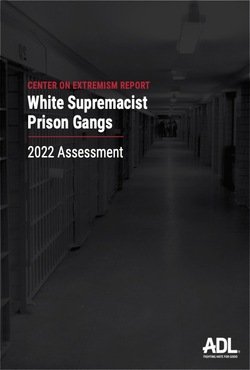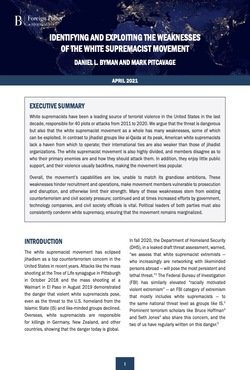By Eugene M. Avrutin
In October 2013, one of the largest anti-migrant riots took place in Moscow. Clashes and arrests continued late into the night. Some in the crowd, which grew to several thousand people, could be heard chanting “Russia for the Russians” with their animus directed towards dark-skinned labor migrants from the southern border. The slogan “Russia for the Russians” is not a recent invention. It first gained notoriety in the very last years of the tsarist regime, appealing primarily to individuals drawn to the radical right. Analyzing a wide range of printed and visual sources, Racism in Modern Russia marks the first serious attempt to understand the history of racism over a span of 150 years. A brilliant examination of the complexities of racism, Eugene M. Avrutin's panoramic book asks powerful questions about inequality and privilege, denigration and belonging, power and policy, and the complex historical links between race, whiteness, and geography.
London: Bloomsbury Academic, 2022. 160p.


